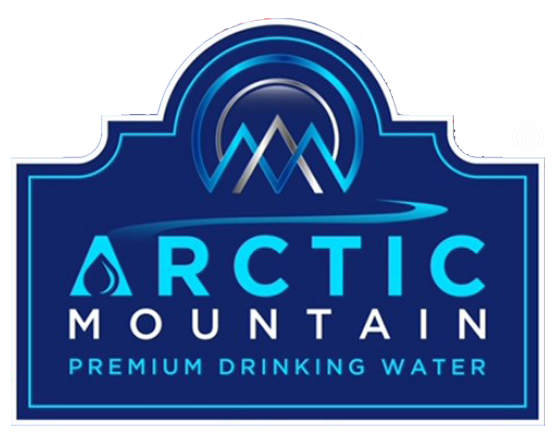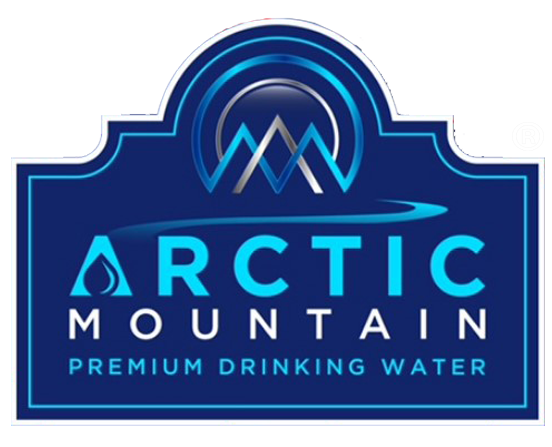It’s easy and comforting to think that our drinking water is safe. Most water looks clean enough.
Cities and towns are responsible to ensure any water coming through the municipal water system is safe to drink. But, sometimes this is not the case.
A recent study found that there can be up to 316 contaminants flowing to U.S. communities on a regular basis. This should give you pause. Is the water coming from your tap really safe?
This quick guide will help to answer the following questions:
What is harmful in tap water? What is filtered out of tap water?
Is My Water Safe?
Most tap water is considered safe to drink by EPA standards. However, some individuals require a higher standard than what the EPA has established.
For instance, someone with a compromised immune system may be more sensitive to even the tiniest level of contaminants. This is why it is important to take responsibility for your own water purity.
10 Common Water Contaminants
Let’s look at some of the most common types of contaminants found in water.
Lead
Surprisingly, lead is a very common contaminant that can be devastating to someone’s health. Even in low doses, lead is dangerous.
Lead often winds up in our water supply because of corrosion of household plumbing. It can also be the result of erosion of lead deposits in the soil.
Chlorine
Chlorine is also commonly found in water. This chemical is added to water by water treatment facilities to control microbes commonly found in water.
High levels of chlorine are unsafe, and this is a common problem with city water supplies. High levels of chlorine can dry out the skin and irritate the eyes, ears, nose, and throat.
Chloramines
This chemical is formed when ammonia is added to a water supply that also contains chlorine.
Combining chlorine and chloramine has been known to cause cancer in some lab testing with animals.
Mercury
This liquid metal is found naturally in the earth. When erosion takes place, mercury can wind up in water supplies.
It can also wind up in our water because of landfill runoff, and factory discharge. Mercury can be deadly in high doses and can cause kidney problems in low amounts.
VOCs
VOCs or volatile organic compounds can include many different types of chemicals. Common sources of VOCs include paint, cleaning solutions, thinners or solvents, and air fresheners.
These chemicals are emitted as gasses. It’s estimated that one-fifth of the U.S. water supply contains VOCs.
Drugs
Drugs, such as the prescription, over-the-counter, and illegal kinds, can wind up in water supplies.
This can happen as medication is expelled through human waste, or by being flushed down toilets or drains.
Herbicides
Herbicides are used to kill weeds and unwanted plants. These are used in abundance in yards.
These chemicals get into our water system when they are accumulated in the soil. Rain will wash these chemicals out of yards and farmlands. The rainwater eventually makes its way back into our water system.
Herbicides can have harmful effects on our bodies, including our reproductive organs.
Bacteria
Although there are both good and bad bacteria present in all water, there can be times when unhealthy amounts of harmful bacteria are present in your water.
Fluoride
Although fluoride can be helpful in certain amounts, it can also be unhealthy in large amounts.
Selenium
This is another example of a contaminant that is okay in very small, controlled amounts but should not be present in excess in water supplies.
This contaminant is often a problem for water sources that are near copper refineries.
Final Thoughts on Water Contamination
The best way to determine if you have contaminants such as these in your water is to perform at-home water testing on a regular basis.


